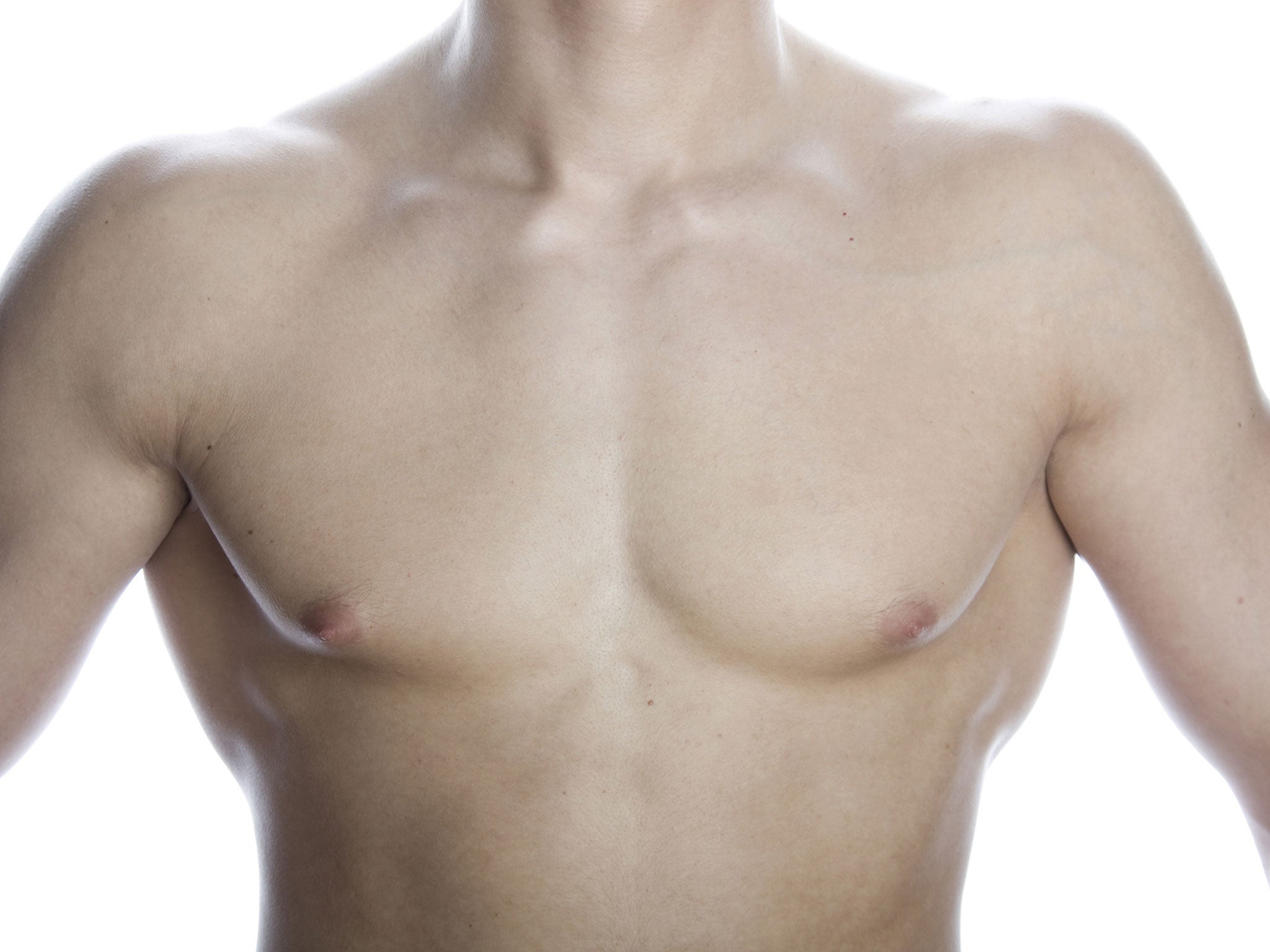Why are nipples darker than the rest of the skin?
It all comes down to puberty and hormones

Your support helps us to tell the story
From reproductive rights to climate change to Big Tech, The Independent is on the ground when the story is developing. Whether it's investigating the financials of Elon Musk's pro-Trump PAC or producing our latest documentary, 'The A Word', which shines a light on the American women fighting for reproductive rights, we know how important it is to parse out the facts from the messaging.
At such a critical moment in US history, we need reporters on the ground. Your donation allows us to keep sending journalists to speak to both sides of the story.
The Independent is trusted by Americans across the entire political spectrum. And unlike many other quality news outlets, we choose not to lock Americans out of our reporting and analysis with paywalls. We believe quality journalism should be available to everyone, paid for by those who can afford it.
Your support makes all the difference.Perhaps it’s not be up there with life’s most important questions – what is the meaning of it all, why are we here? – but don’t pretend you haven’t ever wondered why some parts of your body are different colours.
Why, for example, are our nipples and genitals different colours to the rest of us? And does this serve any purpose?
The answers appears to be no, a dermatologist recently explained.
Dr Lindsey Bordone, a dermatologist at Columbia University Medical Center in New York told the Mail Online that the change is down to a combination of two things: melanin and hormones.
When a human hits puberty, the spike in oestrogen and testosterone caused the body to create melanin – the amino acid which also gives the colour to our hair.
This makes the penis, nipples, areolas, and labia turn darker a darker colour.
The phenomenon is also why children who have blonde hair become brunettes as they grow older.
A woman’s skin can also become darker during pregnancy for similar reason, particularly around the areolas. Moles and freckles often become a more intense shade, while fewer women will experience chloasma which affects the forehead, cheeks and neck.
But Dr Bordone warned that darker skin is also a symptom of diabetes.
This condition is known as acanthosis nigricans, according to the American Diabetes Association, and sees a person developing darker areas on the sides of the neck, armpits and groin.
Such changes usually occur when a person is very overweight, and fade as a person returns to a healthy size.
The change in the colour of the skin on the breast can also be a sign of cancer, for example If the area turns a pink or purple shade, according to the US National Cancer Institute.
Friction can also make the skin darker, and can be caused by rubbing clothing or using nylon loofah too vigorously, MSN reported.
Join our commenting forum
Join thought-provoking conversations, follow other Independent readers and see their replies
Comments